Discover 8 hidden attractions, cool sights, and unusual things to do in Izmit (Turkey). Don't miss out on these must-see attractions: Pertev Pasha Mosque, İzmit Clock Tower, and USS Gudgeon. Also, be sure to include Kocaeli Museum in your itinerary.
Below, you can find the list of the most amazing places you should visit in Izmit (Kocaeli).
Table of Contents
Pertev Pasha Mosque

Pertev Mehmet Paşa Mosque, also known as Yeni Cuma Cami meaning "New Friday Mosque" in Turkish, is a 16th-century Ottoman mosque in the town of Izmit, Turkey. The architect was Mimar Sinan. It was built for Pertev Mehmed Paşa, an Ottoman vizier during the reigns of sultan Suleyman I and Selim II. The construction was finished in 1579. The mosque is part of a larger complex which originally included a madrasa, hammam, caravanserai, fountain and a lower education school. The mosque itself is a single domed structure and the dome has 24 windows. The minaret was damaged during the 1999 İzmit earthquake.[1]
İzmit Clock Tower
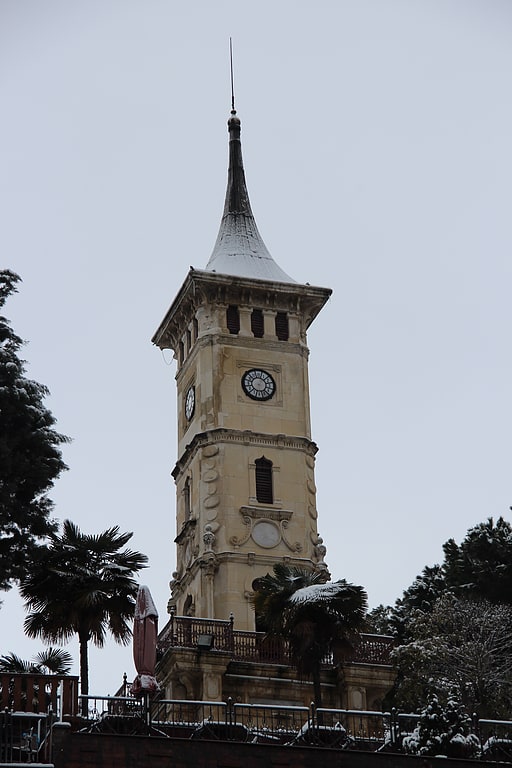
Also known as: İzmit Saat Kulesi
Tower in İzmit, Turkey. The İzmit Clock Tower in İzmit, Turkey is one of many clock towers that were built throughout the Ottoman Empire as a result of the decree which was sent to the provincial governors to commemorate the 25th anniversary of Sultan Abdülhamid II's ascension to the Ottoman throne. It was designed by architect Vedat Tek upon the order of Musa Kazım Bey, the governor of İzmit, and built in 1902. Other sources name the architect of the tower as Mihran Azaryan who was an Armenian-Ottoman of Izmit origin.
The neoclassical clock tower, which stands just in front of the Hünkar Pavilion of Sultan Abdülaziz, has four floors with dimensions 3.65 m × 3.65 m (12.0 ft × 12.0 ft). The ground floor houses fountains, while the clock is on the top floor. All four facades of the middle floors are decorated with the seal of Sultan Abdülhamid II. The pointed cone on top is coated with lead.
The clock tower has been an inseparable part of the history of İzmit throughout the 20th century, and has become the symbol of the city.
In the former Balkan provinces of the Ottoman Empire, particularly in present-day Serbian, Bosnian and Montenegrin towns such as Belgrade, Prijepolje, Sarajevo, Banja Luka, Gradačac and Stara Varoš, similar Ottoman era clock towers are still named Sahat Kula (deriving from the Turkish words Saat Kulesi, meaning Clock Tower.)
It was restored in 2006.[2]
Address: Izmit, Hürriyet Cad. Kemalpaşa
USS Gudgeon
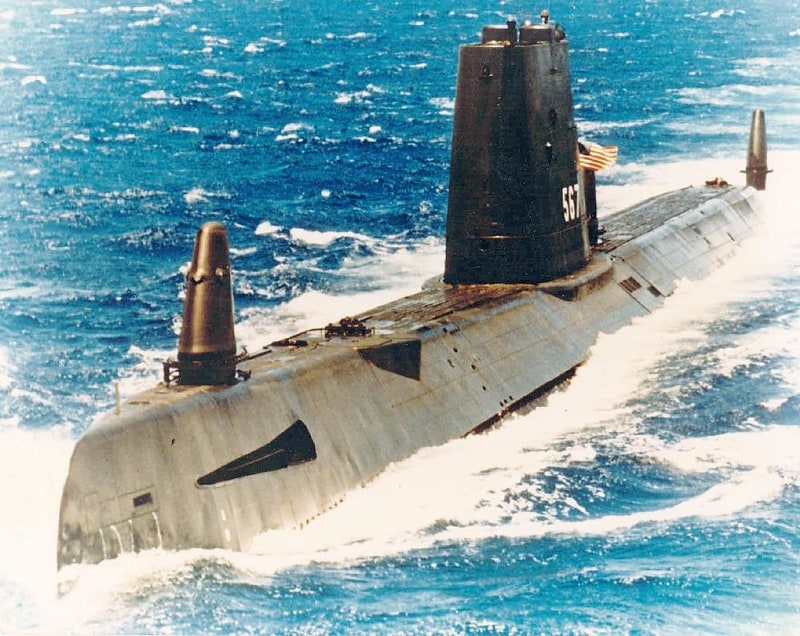
Also known as: TCG Hızırreis
USS Gudgeon, a Tang-class submarine, was the second ship of the United States Navy to be named for the gudgeon, a species of small fresh-water minnow.[3]
Kocaeli Museum
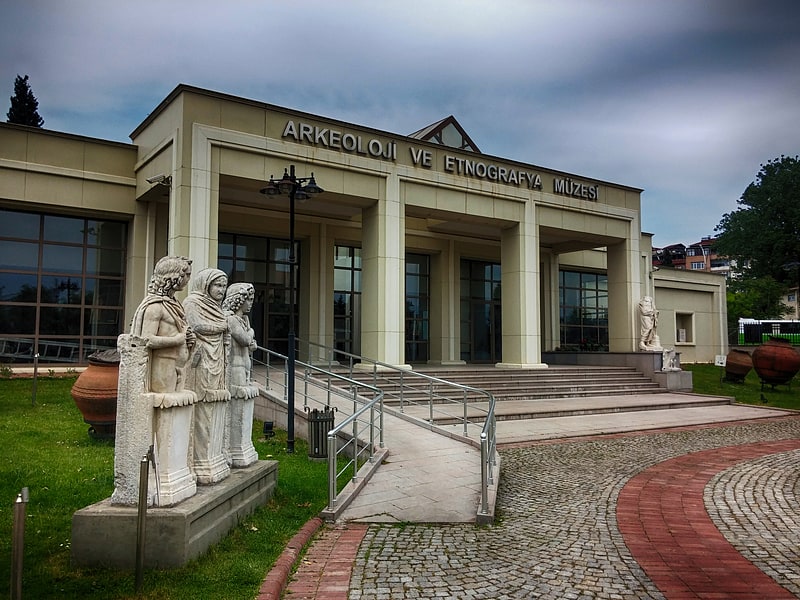
Museum in İzmit, Turkey. Kocaeli Museum, a.k.a. Kocaeli Archaeology and Ethnography Museum or İzmit Museum, Turkish: Kocaeli Müzesi) is a national museum in Kocaeli, northwestern Turkey, exhibiting archaeological artifacts and ethnographic objects. It is housed in the former railway station of İzmit.
The museum is situated on İstasyon St. in Kozlu neighborhood of İzmit.
The railway station was designed by German architect Otto Ritter, and built between 1873 and 1910. The facility covers an area of 21 daa (5.2 acres). The railway station became defunct after the course of the railway, which ran along the coast of Marmara Sea and passed through the city center, was changed to run north of the city.
After restoration works for redevelopment, which began in 2004, the former railway station was opened early 2007. The museum consists of 1,965 archaeological, 1,549 ethnographic objects and 5,155 coins. In addition to the exhibition halls, there is a 130-seated conference room and a laboratory. The museum objects are partly exhibited in the museum halls and partly open-air in the museum yard. A steam locomotive and two railroad cars, redesigned as cafeteria and restaurant and situated in front of the museum, serve the visitors.
In the museum halls, artifacts from Paleolithic, Hellenic, Roman, Byzantine and Ottoman era are exhibited.[4]
SEKA Paper Museum
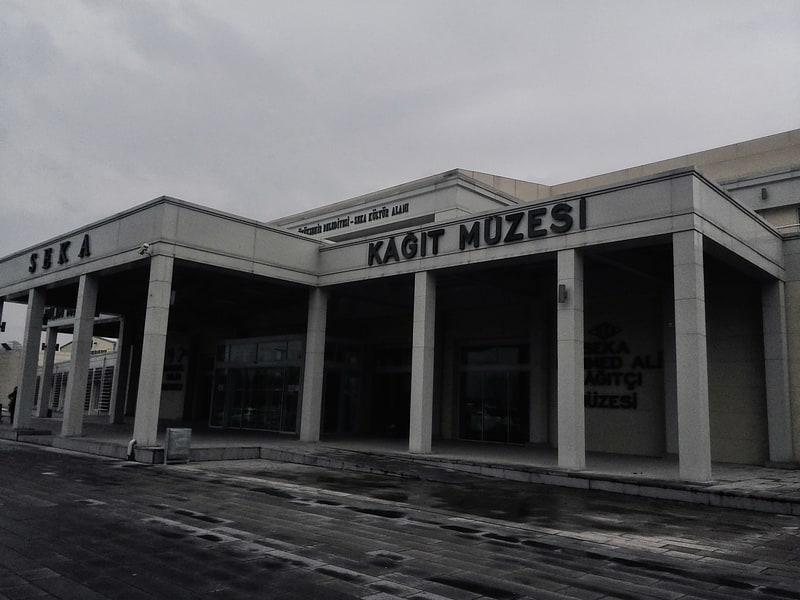
Museum. The SEKA Paper Museum, a.k.a. SEKA Mehmet Ali Kağıtçı Paper Museum, is a museum of industrial heritage in Kocaeli district, northwestern Turkey. Situated in a former pulp and paper mill, it is dedicated to papermaking in Turkey. The museum was opened in 2016.[5]
Address: Kozluk Mahallesi, Mehmet Ali Kağıtçı Sk. No:77, 41200 İzmit
Selim Sırrı Paşa Konağı
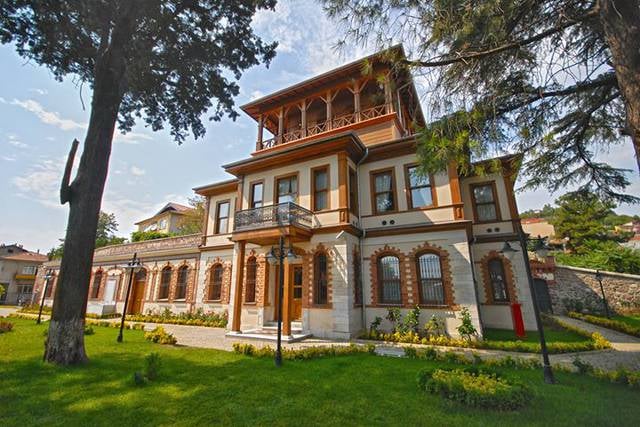
Museum, History museum, Architecture, Historical place
Address: Hacıhasan Mah., Sırrı Paşa Cd. No:18, 41000 İzmit
Gültepe Tunnel
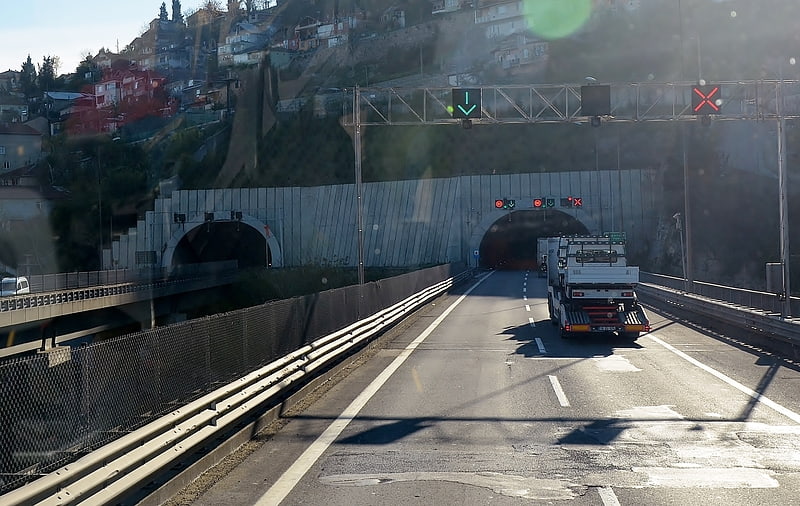
The Gültepe Tunnel, is a motorway tunnel constructed on the Istanbul–Ankara motorway O-4 E80 in Kocaeli Province, northwestern Turkey. It was opened to traffic in 1984.
It is situated on the Gültepe Hill west of İzmit. The 639–584-metre (2,096–1,916 ft) long twin-tube tunnel carries two lanes of traffic in each direction.
The tunnel was constructed in the 1980s. During the 1999 İzmit earthquake, the tunnel was light damaged. In 2012, the tunnel's both tubes were reinforced. In the time period of 2013–2014, the tunnel was modernized for traffic safety. Around 55,000 vehicles pass through the tunnel in both directions daily.[6]
Korutepe Tunnel
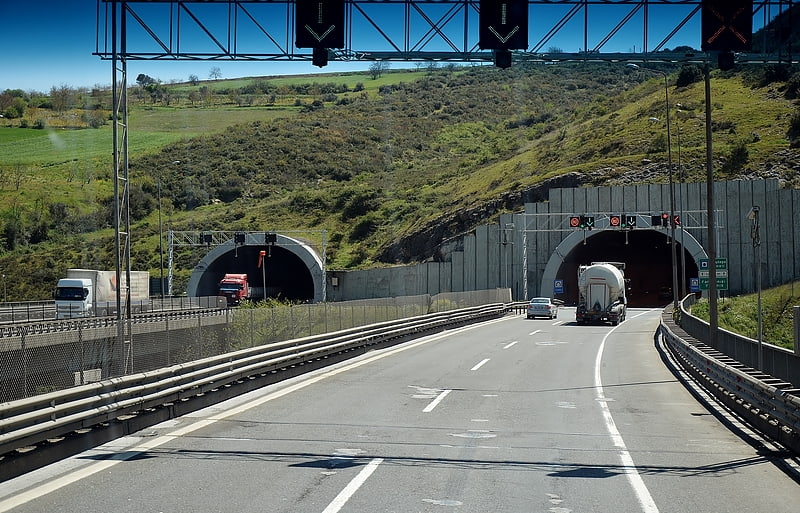
The Korutepe Tunnel, is a motorway tunnel constructed on the Istanbul–Ankara motorway O-4 E80 in Kocaeli Province, northwestern Turkey.
It is situated on the Korutepe Hill west of İzmit. The 1,028–1,088-metre (3,373–3,570 ft) long twin-tube tunnel carries two lanes of traffic in each direction. The Gültepe Tunnel follows it in the west direction.
The tunnel was constructed in the 1980s. During the 1999 İzmit earthquake, the tunnel was light damaged. In 2012, the tunnel's both tubes were reinforced. In the time period of 2013–2014, the tunnel was modernized for traffic safety. Around 55,000 vehicles pass through the tunnel in both directions daily.[7]